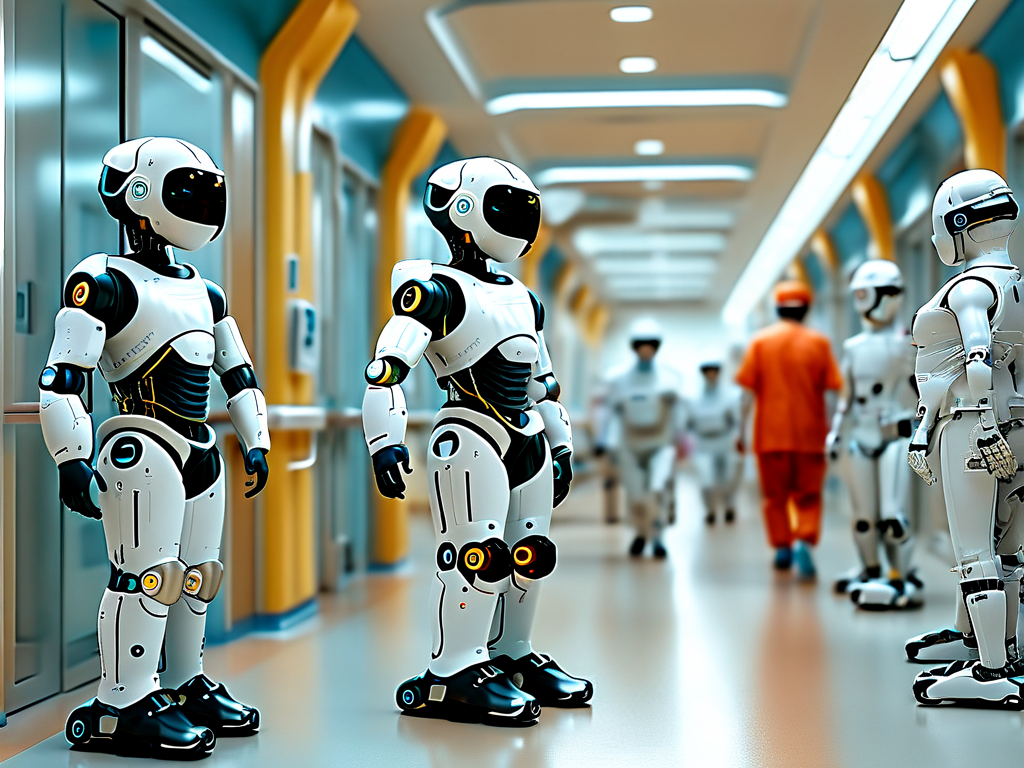The integration of robotics into healthcare has transformed patient care, operational efficiency, and treatment outcomes. Over the past decade, advancements in artificial intelligence, sensor technology, and mechanical engineering have enabled robots to perform tasks ranging from surgical precision to emotional support. This article explores the most impactful robotic care technologies reshaping modern medicine.

Surgical Assistance Systems
Robotic surgical systems, such as the Da Vinci Surgical Platform, represent a breakthrough in minimally invasive procedures. These systems combine high-definition 3D visualization with wristed instruments that mimic human hand movements but with enhanced precision. Surgeons control the robots via consoles, reducing hand tremors and enabling access to hard-to-reach anatomical areas. Recent innovations include AI-driven predictive analytics that guide surgeons during complex operations, minimizing risks and improving recovery times. Hospitals adopting these systems report shorter hospital stays and reduced postoperative complications.
Rehabilitation Robotics
Post-injury or post-stroke rehabilitation relies heavily on repetitive motion therapy. Robotic exoskeletons like EksoNR and Lokomat provide adjustable support for patients relearning motor skills. These devices use sensors to analyze muscle activity and gait patterns, tailoring resistance levels in real time. Studies show that patients using robotic-assisted therapy achieve mobility milestones 30% faster compared to traditional methods. Additionally, virtual reality integration creates immersive environments to motivate patients during sessions, turning rehabilitation into an engaging experience.
Elderly Care Companions
With aging populations globally, socially assistive robots address loneliness and cognitive decline. PARO, a therapeutic seal-shaped robot, uses tactile sensors and AI to respond to touch and voice, reducing anxiety in dementia patients. More advanced models, such as Toyota’s Human Support Robot, assist with daily tasks like fetching items or monitoring vital signs. These robots employ natural language processing to hold simple conversations, providing emotional companionship while alerting caregivers to emergencies. Pilot programs in Japan’s nursing homes demonstrate a 40% reduction in caregiver workload and improved resident mental health.
Disinfection and Logistics Automation
The COVID-19 pandemic accelerated the deployment of UV-C disinfection robots in hospitals. Devices like Xenex’s LightStrike emit pulsed ultraviolet light to destroy pathogens on surfaces without human contact, achieving 99.99% sterilization efficacy in minutes. Meanwhile, logistics robots such as Aethon’s TUG autonomously deliver medications, lab samples, and meals across facilities. Equipped with LiDAR navigation, these robots optimize routes to avoid bottlenecks, ensuring timely deliveries while freeing staff for patient-focused duties.
Challenges and Ethical Considerations
Despite their potential, robotic care technologies face hurdles. High upfront costs limit accessibility, particularly in developing regions. Concerns about data privacy arise as robots collect sensitive health information. Additionally, over-reliance on machines risks depersonalizing care. Experts emphasize the need for hybrid models where robots handle repetitive tasks while humans focus on empathetic interactions. Regulatory frameworks must evolve to standardize safety protocols and address liability issues in case of malfunctions.
Future Directions
Emerging trends include nanorobots for targeted drug delivery and swarm robotics for mass casualty triage. Researchers are also developing biodegradable robots that dissolve after completing internal repairs. As AI becomes more context-aware, future systems may diagnose conditions by analyzing speech patterns or facial expressions. Collaboration between engineers, clinicians, and ethicists will be critical to ensure these technologies prioritize patient dignity and equitable access.
In , robotic care technology is not a replacement for human expertise but a powerful ally in enhancing healthcare quality. From precision surgery to elderly companionship, these innovations redefine what’s possible in medicine—blending technical prowess with compassionate care.









